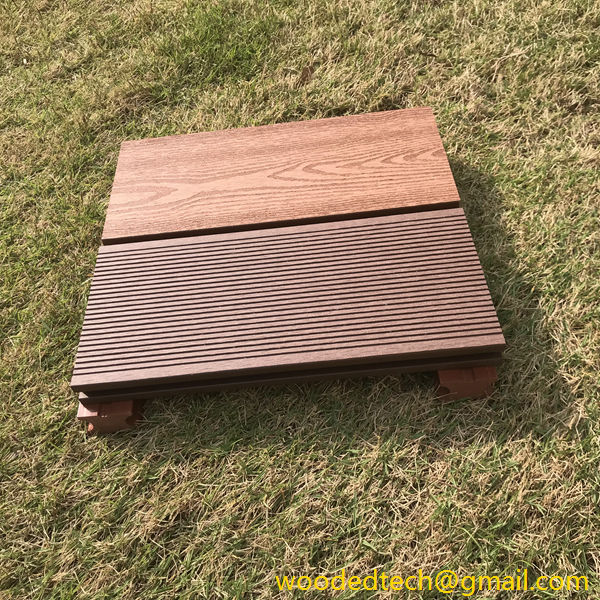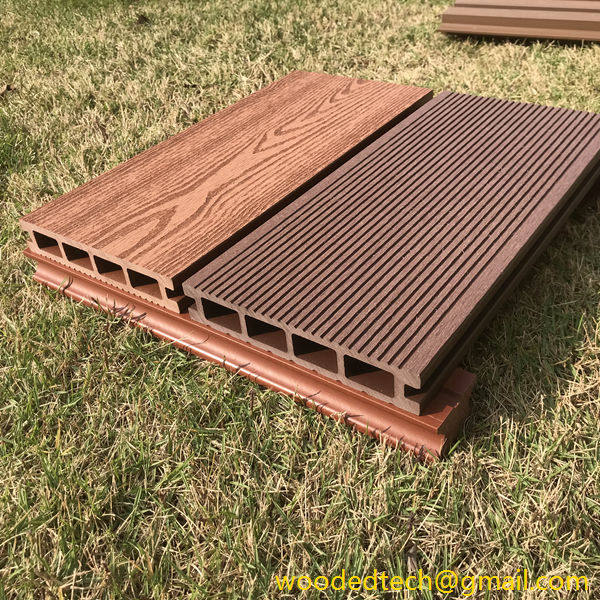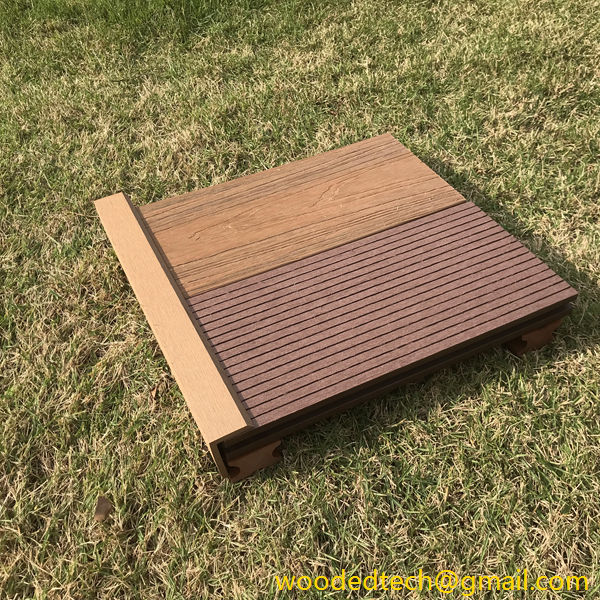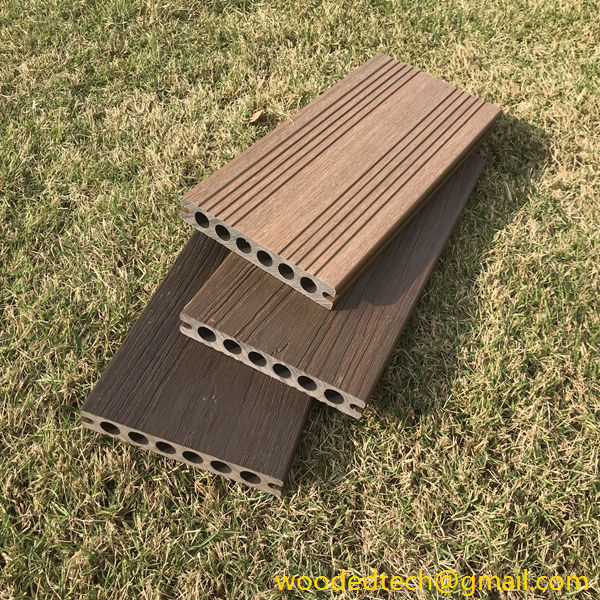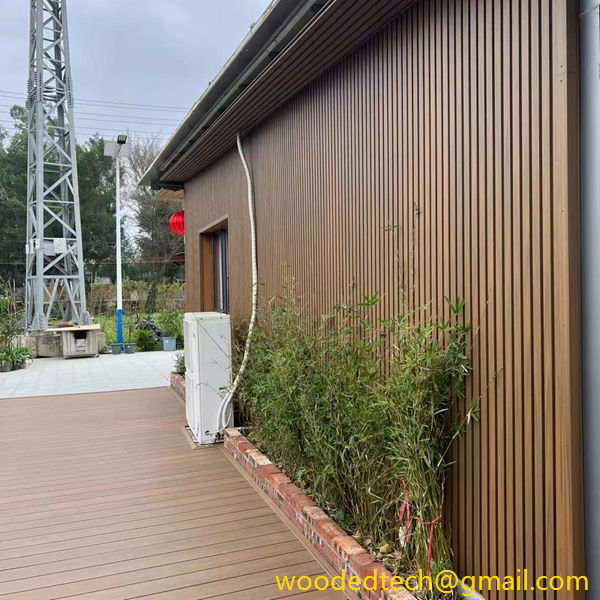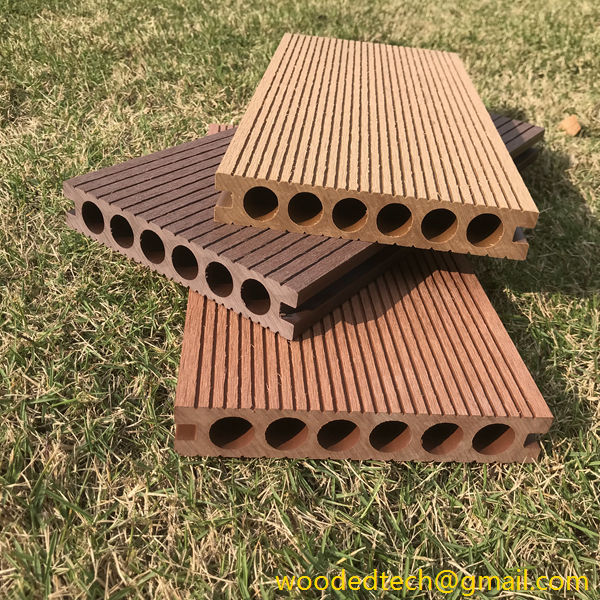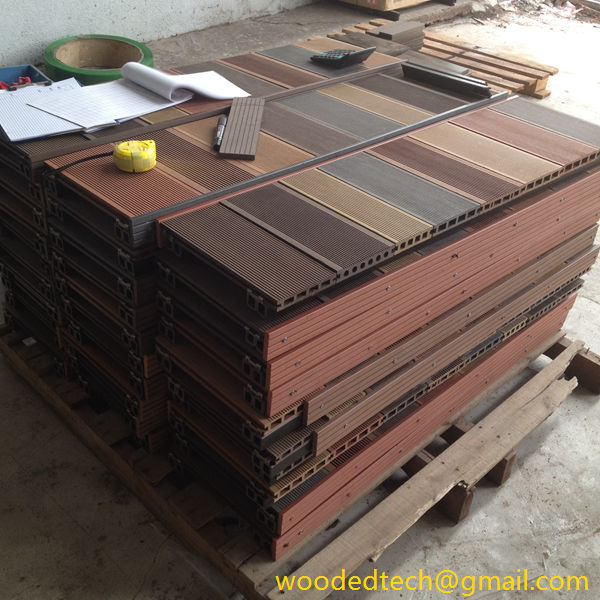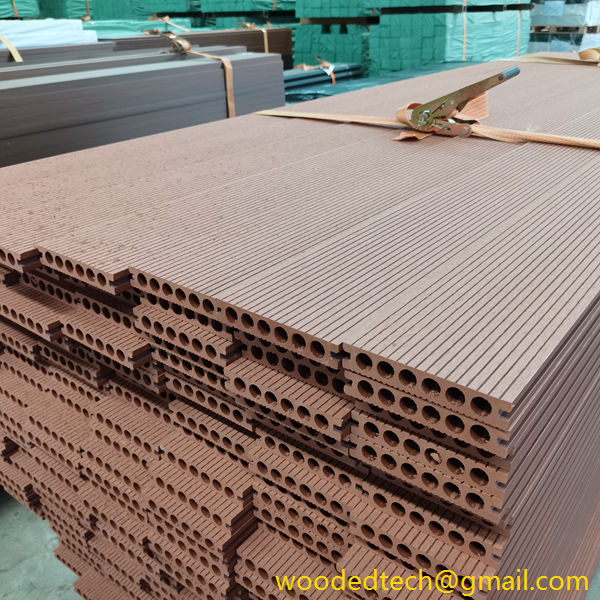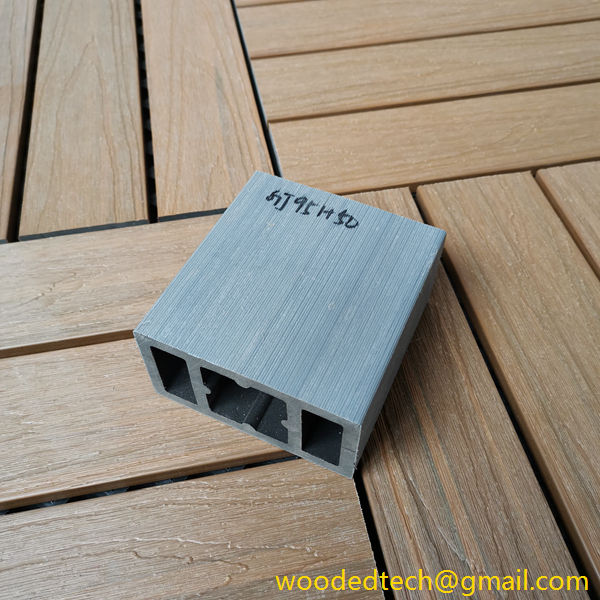Choose 2 Thick Composite Boards for a Durable Outdoor Solution
Choose 2 Thick Composite Boards for a Durable Outdoor Solution When it comes to building or renovating outdoor spaces, one of the most critical decisions revolves around the choice of materials. For homeowners and builders alike, the durability and maintenance requirements of these materials can significantly influence the longevity and appearance of outdoor structures. Two…
Choose 2 Thick Composite Boards for a Durable Outdoor Solution
When it comes to building or renovating outdoor spaces, one of the most critical decisions revolves around the choice of materials. For homeowners and builders alike, the durability and maintenance requirements of these materials can significantly influence the longevity and appearance of outdoor structures. Two excellent options that have gained popularity in recent years are thick composite boards. These boards offer a range of benefits that make them a superior choice for outdoor applications, providing a robust and maintenance-free solution in the later stages of their lifecycle.
Composite boards are engineered from a blend of wood fibers and recycled plastic, resulting in a product that is not only durable but also environmentally friendly. The combination of these materials gives composite boards unique properties, making them resistant to various outdoor challenges, such as moisture, insects, and UV rays. Unlike traditional wood, which can warp, splinter, or rot over time, composite boards retain their structural integrity and aesthetic appeal for many years.
One of the foremost advantages of thick composite boards is their enhanced durability. The thickness of these boards contributes to their strength, allowing them to withstand heavy foot traffic and the weight of outdoor furniture or other items. This durability is particularly important for decks, patios, and walkways, where structural integrity is essential for safety and longevity. Homeowners can enjoy peace of mind knowing that their outdoor spaces are built to last, even in the face of harsh weather conditions.
Moreover, thick composite boards are designed to be low-maintenance, which is a significant selling point for many consumers. Traditional wooden decks require regular staining, sealing, and painting to maintain their appearance and prevent deterioration. In contrast, composite boards require minimal upkeep. A simple wash with soap and water is often enough to keep them looking brand new. This maintenance-free aspect becomes increasingly valuable over time, allowing homeowners to enjoy their outdoor spaces without the burden of ongoing care.
When selecting composite boards, it’s essential to consider the two types that stand out for outdoor solutions: capped composite boards and traditional composite boards. Capped composite boards have an additional layer of protective material that encases the core, providing even greater resistance to moisture and staining. This layer helps prevent mold and mildew growth, ensuring that the boards remain clean and attractive throughout their lifespan. Capped composite boards are particularly suitable for areas that experience heavy rainfall or are prone to humidity, making them an ideal choice for regions with challenging climates.
On the other hand, traditional composite boards, while still durable and low-maintenance, may not offer the same level of protection as their capped counterparts. However, they are often more cost-effective and can be an excellent choice for homeowners who want a reliable outdoor surface without breaking the bank. Both options provide significant advantages over traditional wood and can enhance the overall aesthetic of outdoor spaces.
In addition to durability and low-maintenance requirements, thick composite boards also offer design versatility. They come in various colors, textures, and finishes, allowing homeowners to customize their outdoor spaces to align with their personal style and preferences. Whether one desires a classic wood look or a more contemporary aesthetic, there are composite board options available to suit any vision. This versatility ensures that outdoor living areas can be both functional and visually appealing, contributing to the overall value of the property.
Another important factor to consider is environmental sustainability. As awareness of environmental issues continues to grow, many consumers are seeking eco-friendly building materials. Composite boards are often made from recycled materials, reducing the need for virgin resources and minimizing waste. By choosing thick composite boards, homeowners can feel good about their decision, knowing that they are making a responsible choice for the environment while still achieving the durability and low-maintenance benefits they desire.
When it comes to installation, thick composite boards are relatively easy to work with, making them a favorite among contractors and DIY enthusiasts alike. They can be cut, shaped, and installed with standard woodworking tools, allowing for flexibility in design and layout. This ease of installation not only saves time but also reduces labor costs, making composite boards an attractive option for those looking to undertake outdoor projects.
In conclusion, thick composite boards present a compelling solution for anyone seeking a durable and maintenance-free outdoor option. Their combination of strength, low upkeep, and aesthetic versatility makes them an ideal choice for a wide range of applications, from decks and patios to walkways and garden features. Furthermore, the environmental benefits associated with composite materials align with the growing demand for sustainable building practices. By selecting thick composite boards, homeowners can create beautiful, functional outdoor spaces that stand the test of time, allowing them to enjoy their surroundings without the constant worry of maintenance. As outdoor living continues to be a focus for many, investing in quality materials like thick composite boards is a decision that pays off in the long run.

